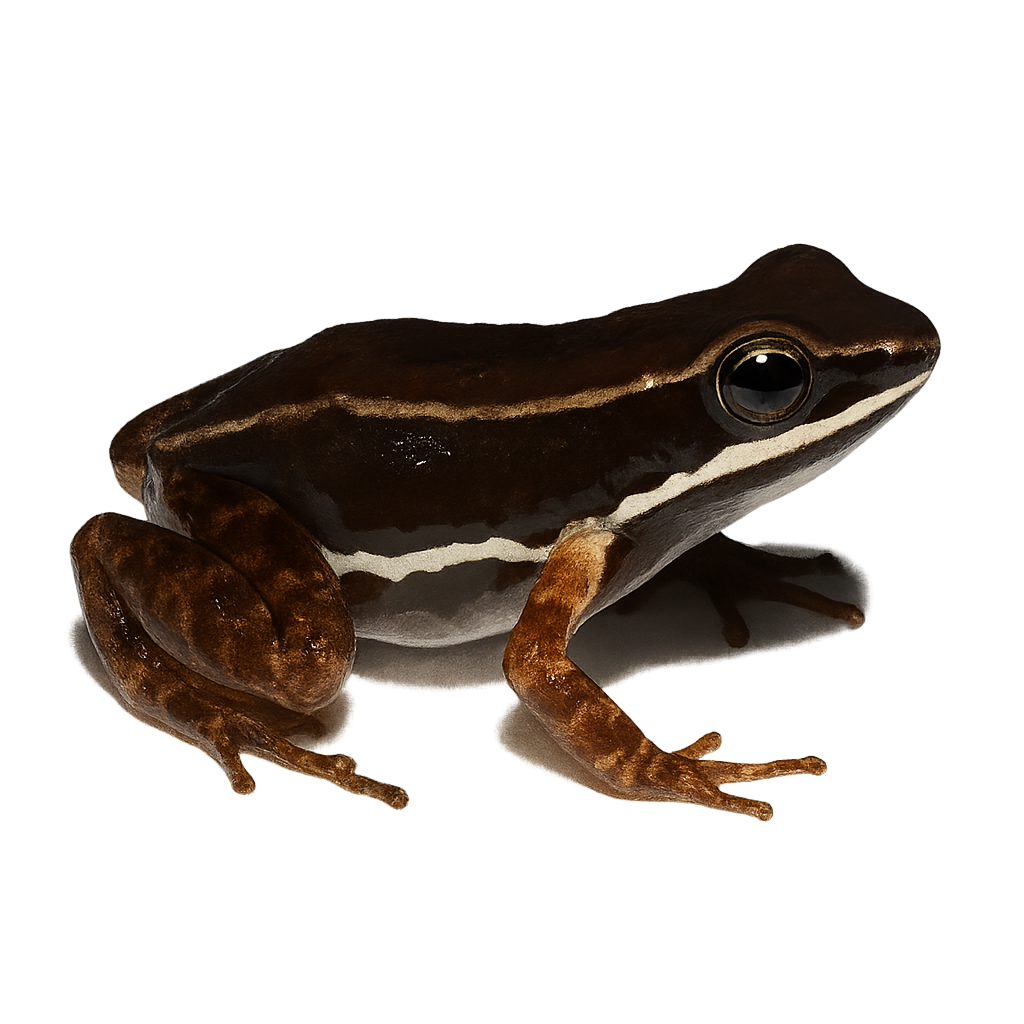Your wildlife photography guide.
Explore the talamanca rocket frog in detail, study its behavior, prepare your shots.
Where to observe and photograph the talamanca rocket frog in the wild
Learn where and when to spot the talamanca rocket frog in the wild, how to identify the species based on distinctive features, and what natural environments it inhabits. The WildlifePhotographer app offers tailored photography tips that reflect the talamanca rocket frog’s behavior, helping you capture better wildlife images. Explore the full species profile for key information including description, habitat, active periods, and approach techniques.
Talamanca Rocket Frog
Scientific name: Colostethus talamancae

IUCN Status: Least Concern
Family: DENDROBATIDAE
Group: Amphibians
Sensitivity to human approach: Suspicious
Minimum approach distance: 2 m
Reproduction period: April to May
Incubation: 10–14 jours
Births: May to June
Habitat:
Humid forests, rivers, marshy areas
Activity period :
Primarily active during the day, with peak activity in the morning and late afternoon.
Identification and description:
The Talamanca Rocket Frog is a small-sized species, typically brownish with darker patterns on its back. It is primarily found in the lowland humid forests of Central America, particularly in Costa Rica and Panama. This species is known for its ability to leap long distances, allowing it to quickly escape predators. It primarily feeds on small insects and other invertebrates. Males are often heard calling near water bodies to attract females. Reproduction occurs in water, where eggs are laid and tadpoles develop.
Recommended lens:
Macro – adjust based on distance, desired framing (portrait or habitat), and approach conditions.
Photography tips:
To photograph the Talamanca Rocket Frog, it is advisable to use a macro lens to capture the details of its skin and distinctive patterns. Approach slowly to avoid startling it, and be ready to adjust your position to follow its quick movements. Natural morning or afternoon light is ideal to highlight its colors. Use a tripod to stabilize your camera and achieve sharp images. Be patient and wait for it to settle calmly to capture the best possible shot.
The WildlifePhotographer App is coming soon!
Be the first to explore the best nature spots, track rutting seasons, log your observations, and observe more wildlife.
Already 1 430 wildlife lovers subscribed worldwide

